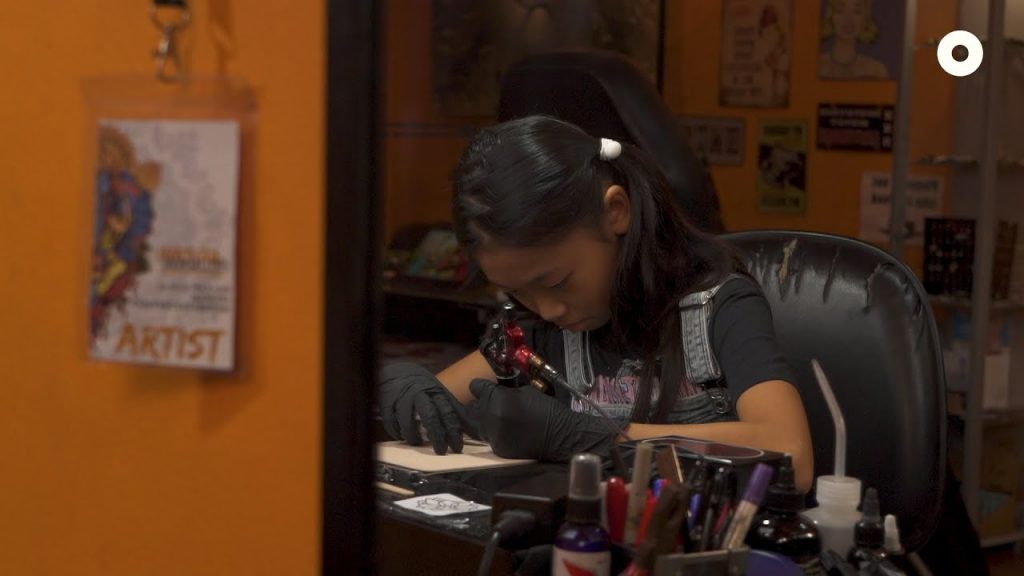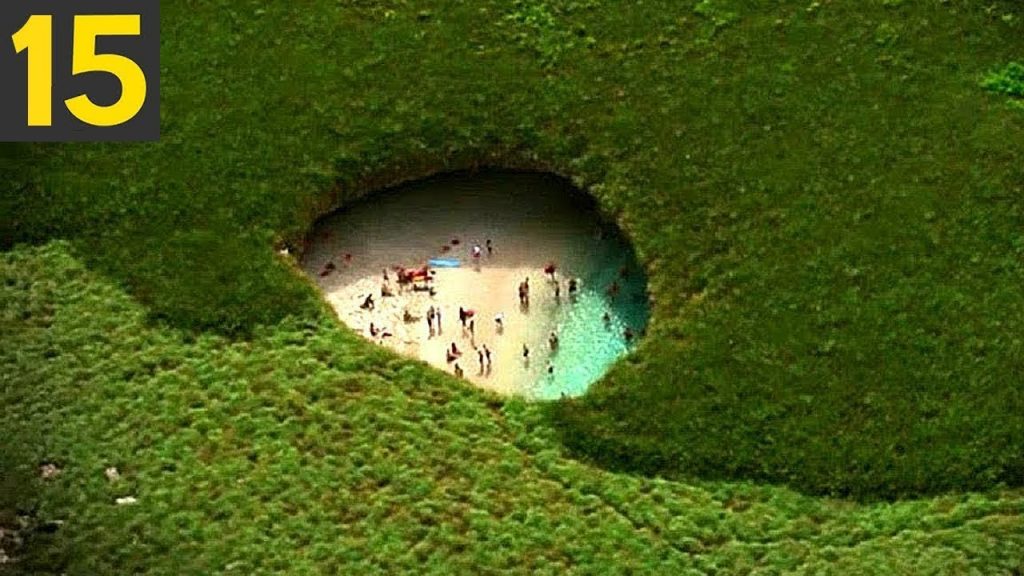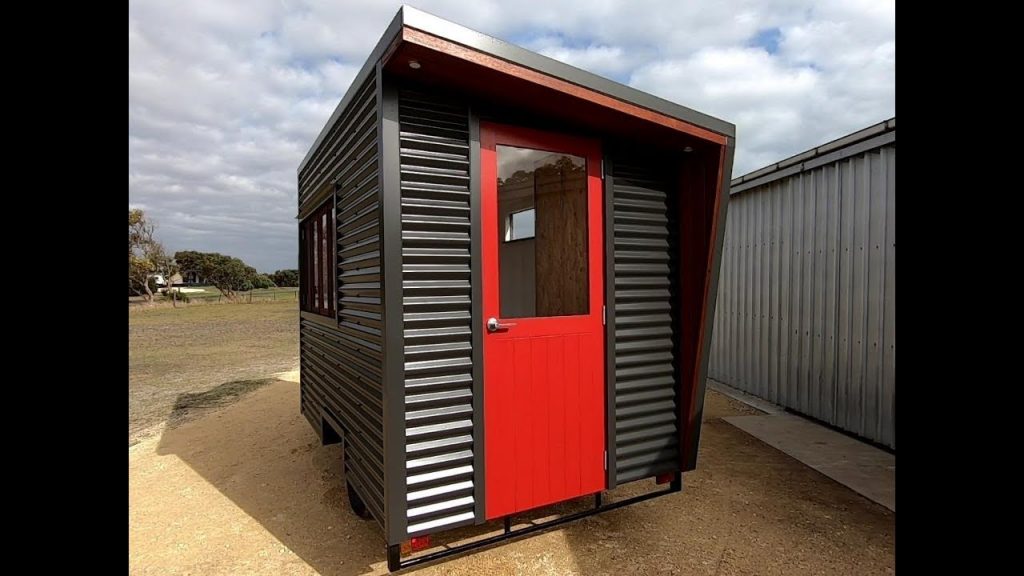Turning Smashed TVs into Realistic Artificial Daylight

In this video I’ll be showing you how to take old/smashed TVs and computer monitors and turn them into realistic artificial window lights, so that you can have accurate daylight illumination at any time of day.
This is all possible because of the technology used inside the backlight mechanism, as I explain in the video.
What are the implications of this technology for industries and researchers in the shift towards a more sustainable future?
As the world shifts towards a more sustainable future, innovative solutions are being explored to address various environmental challenges. One such challenge is the proper disposal of electronic waste or e-waste. E-waste contains a plethora of harmful substances such as mercury, lead, and cadmium, which can contaminate the soil and groundwater. Therefore, finding a safe and innovative way to dispose of e-waste is of utmost importance.
One solution to tackling the e-waste problem is the creation of realistic artificial daylight from smashed televisions. Researchers at the University of California, Irvine have found a way to use parts from broken LCD televisions to produce a white light that has similar characteristics to sunlight. This breakthrough discovery not only addresses e-waste disposal but could also find a practical application in industries such as lighting.
The team developed a process that utilizes the diffusive property of LCD polarizers, which are used to filter and control light in televisions. Through a series of carefully controlled chemical reactions, the researchers extracted the polarizing films from discarded televisions and turned them into highly reflective materials. These materials, when mixed with blue and purple LEDs, emitted a light that closely resembles the spectrum of natural daylight.
The resulting artificial light has several unique features. Firstly, it is highly energy-efficient, in contrast to conventional lighting sources such as incandescent bulbs. Secondly, unlike traditional lighting, the artificial daylight does not cause glare, which can be harmful to people in the long term. Lastly, because it closely resembles natural daylight, it can be used to promote healthy biological functions by regulating the body’s circadian rhythm.
The potential applications of this technology are vast. It could be used to simulate daylight in underground spaces such as mines, enhance indoor agriculture and provide a safer and more effective lighting solution for emergency and disaster relief efforts.
In conclusion, turning smashed televisions into realistic artificial daylight is a remarkable breakthrough that not only tackles the e-waste problem but provides a greener and more efficient lighting solution. As we continue to explore sustainable solutions to environmental challenges, this technology opens up endless possibilities for industries and researchers alike.









6 Minutes Of Mountain Surfing in Norway
He’s Eaten Only Mac & Cheese for the Past 17 Years, Here’s Why
I Climbed The Tallest Chimney In Europe (360M)
Doomsday Bannock – how to make campfire bread
3 PEOPLE LIVING IN A VAN | Van Life in Scotland